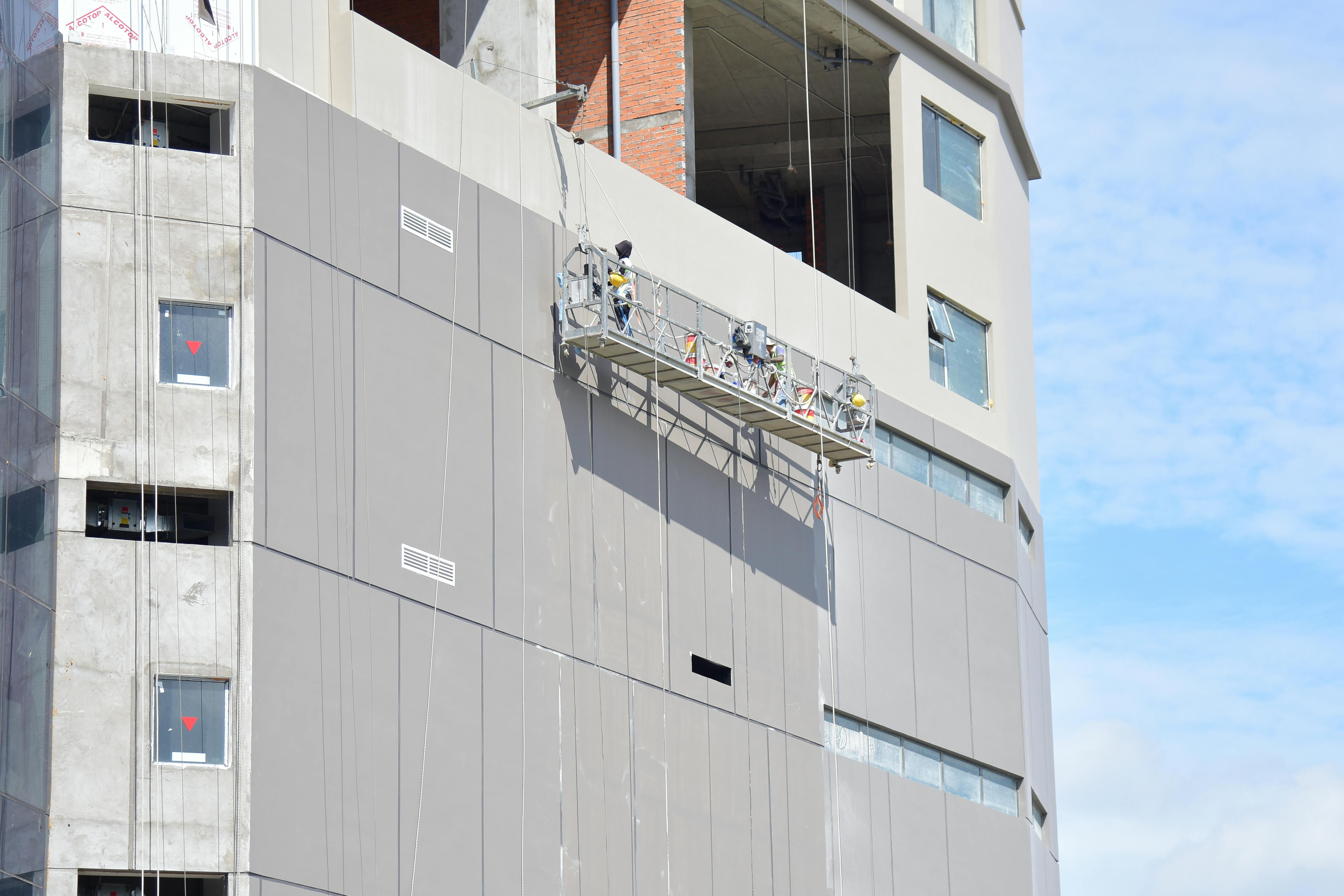In commercial buildings, every minute of elevator downtime can affect hundreds or even thousands of people. As specialists who have been designing, modernizing, and maintaining elevators for New York City properties and beyond, we know firsthand how disruptive elevator leveling issues and hydraulic leaks can be—not just to operations but to safety, compliance, and building reputation. Understanding the real differences between these problems and how to diagnose them rapidly can save substantial time, risk, and cost for property owners, facility managers, and building engineers.
Why Fast and Precise Diagnosis is Serious Business
Elevators are the arteries of high-rise life, and issues like misleveling or hydraulic leaks can put tenant safety, ADA compliance, and insurance requirements on the line. Quickly distinguishing between the two is not just a technical exercise—it’s the foundation for safe access, better liability management, and avoiding unnecessary repairs.
What Exactly Is an Elevator Leveling Issue?
Misleveling is when an elevator car does not stop evenly with the floor, leaving a hazardous step of more than half an inch. For building owners and facilities managers, this isn’t a minor inconvenience: trip hazards mean serious risk exposure and potential non-compliance with local and federal codes. We’ve guided countless property teams through diagnosing and solving these headaches.
- Common mechanical causes: Worn brakes, misadjusted or failing leveling sensors, control system errors, and component wear.
- Environmental contributions: Heavy traffic, load imbalances, temperature swings, and aging infrastructure accelerate the problem, especially in older commercial installations.
- Signature symptoms: Stops above or below floor, uneven landings on multiple floors, sudden short slides after stopping, but no visible oil stains or evidence of leakage.
If leveling problems seem worse with load changes or temperature fluctuations, or they appear at certain floors, sensor calibration and mechanical wear are the first areas to inspect. For more in-depth information on root causes and solutions, see our guide to common leveling problems.
Hydraulic Leaks: The Hidden Threat Below the Surface
Hydraulic elevators rely on pressurized oil to move cars up and down. When a leak occurs, pressure drops and the system cannot hold the elevator car in place properly. Leaks can be obvious—leaving oil on the pit floor—or internal and invisible to the untrained eye.
- Primary culprits: Degraded seals, corroded pistons, loose pipe connections, valve blockages, or contaminated oil. All these accelerate with high use or age.
- Biggest warning signs: Pooling oil in the shaft, declining tank levels unrelated to scheduled service, the elevator slowly drifting downward when idle, and irregular pump run times.
- Sound clues: Hissing or gurgling often indicates trapped air from low hydraulic pressure, a classic leak indicator.
If you see oil or experience unexplained downward drift when the car is idle, address leaks first to safeguard the system and environment. For a focused checklist on hydraulic elevator leaks, visit our facility manager’s guide.

Step-by-Step: Diagnosing Elevator Leveling vs. Hydraulic Issues
- Inspect for Oil Leaks on Site
- Begin with a visual scan of the pit and machine room for any oil residue, stains, or puddles.
- Check the hydraulic reservoir and record oil levels. A noticeable drop compared to previous logbook entries is a classic indicator of a leak.
- No oil present? Direct your focus toward brake components, leveling mechanisms, and control system diagnostics.
- Watch and Document Cab Behavior
- Operate the elevator through several stops, observing if the car aligns at floor level (within 0.5 inch tolerance).
- Watch for the car drifting down after doors open or during idle times, a strong hydraulic system warning sign.
- If misleveling is sporadic and not linked to visible leaks, suspect sensor calibration or mechanical wear.
- Listen to the Machinery in Operation
- Hissing or gurgling typically points to a hydraulic leak or trapped air.
- Grinding, clunking, or inconsistent stopping noises often indicates a leveling, brake, or alignment issue.
- Check Impact of Load and Temperature
- Colder temperatures and heavy traffic can exacerbate both hydraulic and mechanical misleveling, but frequent load-linked problems often highlight leveling sensors and control issues.
When It’s Time to Call in the Pros
While these in-house checks are invaluable for initial screening, persistent problems or code non-compliance demand professional attention. An elevator technician’s toolkit goes far beyond what building staff typically have access to—think digital sensor calibration, advanced hydraulic pressure testing, and integrated electronic diagnostics.
- Digital recalibration of leveling sensors and control systems
- Fine-tuning brake settings and checking for mechanical fatigue
- Complete hydraulic pressure and leak testing, including dye tracing or advanced fluid sampling
- Thorough documentation for code compliance and insurance audits
At Kaiser Elevator, we design commercial elevator maintenance and modernization packages specifically to catch these issues long before downtime or safety risk develop. Our comprehensive service protocols have helped ensure code compliance and rider safety for some of New York’s most complex buildings.
How to Prevent Misleveling and Hydraulic Leaks: Tips From the Field
- Commit to monthly preventive maintenance, explicitly checking oil levels and inspecting for small leaks or misadjustments before they escalate.
- Digitally log elevator performance and oil levels to spot trends early. A sudden or unexplained drop is never a good sign.
- Verify that floor leveling is checked at all stops, not just the main lobby, during each service round.
- Maintain stable temperatures in the machine room, preferably above 50°F, for optimal hydraulic efficiency and electronics lifespan.
- Engage a provider who offers clear digital reporting, fast emergency response, and transparent recommendations tailored to your property type.
For facility managers doing pre-winter inspections or planning larger upgrades, additional best practices are outlined in our seasonal readiness checklist: Hydraulic Elevator Oil Leak Response Plan.

Staying Ahead: Upgrades, Modernization & Lifecycle Planning
If your building experiences repeated leveling issues, unexplained downtime, or unpredictable hydraulic system changes, it may be a signal that modernization is overdue. Upgrading control systems, replacing old cylinders, or even moving to a more efficient elevator type could save both operational and compliance headaches long term. We routinely help owners go through cost, code, and lifecycle analysis to make the right investment for their assets. For property owners weighing the difference between a full replacement or a targeted modernization, read our detailed modernization vs replacement guide.
Conclusion: Fast, Accurate Elevator Diagnosis is a Value Multiplier
In fast-paced urban environments, we know reliability isn’t optional. Having a rock-solid approach to distinguishing between elevator leveling problems and hydraulic leaks can mean the difference between routine maintenance and crisis management. If you’re already dealing with persistent issues, or you’d like a proactive assessment before they occur, our expert team is available to support you with best-in-class diagnostics, modernization, and compliance checks. Visit Kaiser Elevator to schedule your complimentary system review and keep your building moving safely and efficiently, every day.

